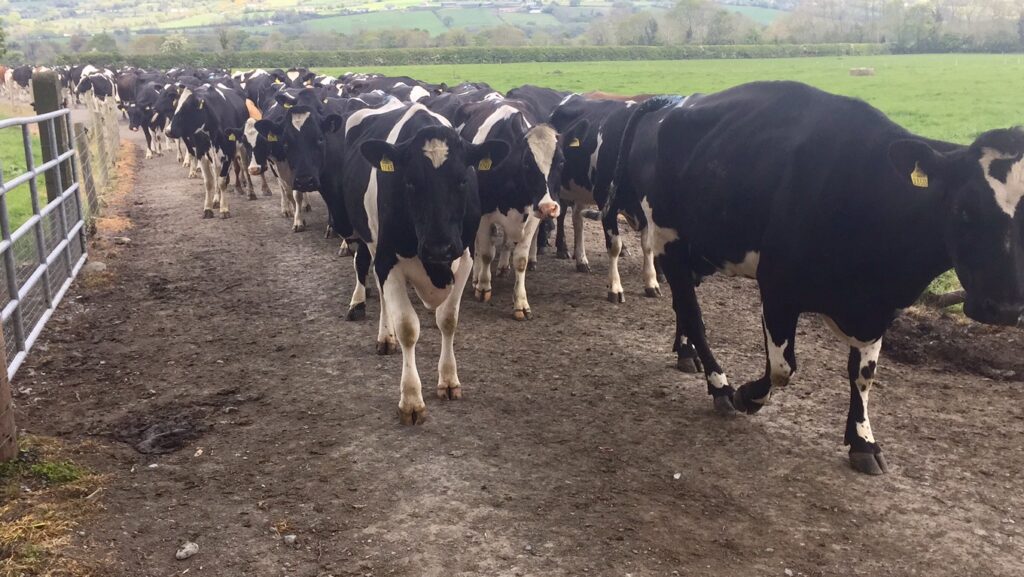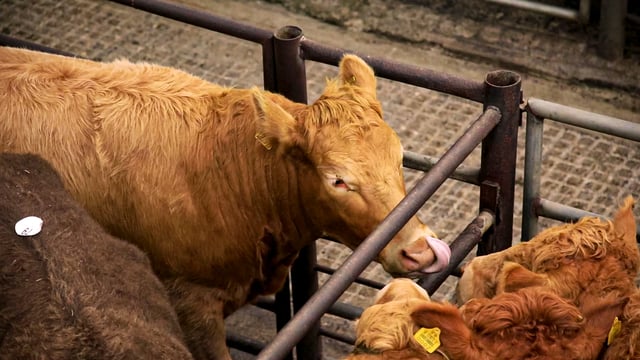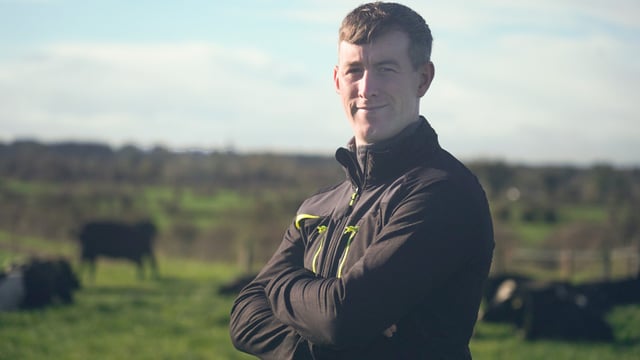Reducing chemical inputs with multi-species swards
With the increasing pressure on the Irish agricultural sector to reduce the level of chemical nitrogen (N) applied on farms, the industry, along with farmers, are feeling the need to diversify away from the usual perennial ryegrass (PRG), and N-hungry species, and into other areas such as multi-species swards.
With this in mind, DLF is hosting its multi-species focus week this week (until Friday, January 22), in order to give farms some insight into the benefits multi-species swards can have on their farming system.
Dr. Thomas Moloney of DLF outlined the ‘make-up’ of a multi-species swards: ”There are three main plant groups used which include grasses, legumes and herbs.”
Due to the root diversity seen in the sward, there is a reduced level of direct competition between plants.
Kevin O’Hanlon
Kevin O’Hanlon is a farm manager on a 180-cow dairy farm in Co. Wexford. The farm operates a mainly grass-based and all-year-round calving system.
After carrying out some research into multi-species swards, looking at research in both Ireland and New Zealand, Kevin identified the benefits that multi-species swards could offer to his farm.
Speaking on these additional benefits, Kevin stated: ”It requires less inputs and cows have maintained their milk yield. It requires less to produce the same levels of milk volume.
”There is also the added benefit of having a better soil structure and increased worm count.
”It was a risk, especially with reseeding being so expensive, but it has worked for us and more multi-species swards will be going in this year. With the fertiliser saving alone, it is a ‘no brainer’ for us.”






